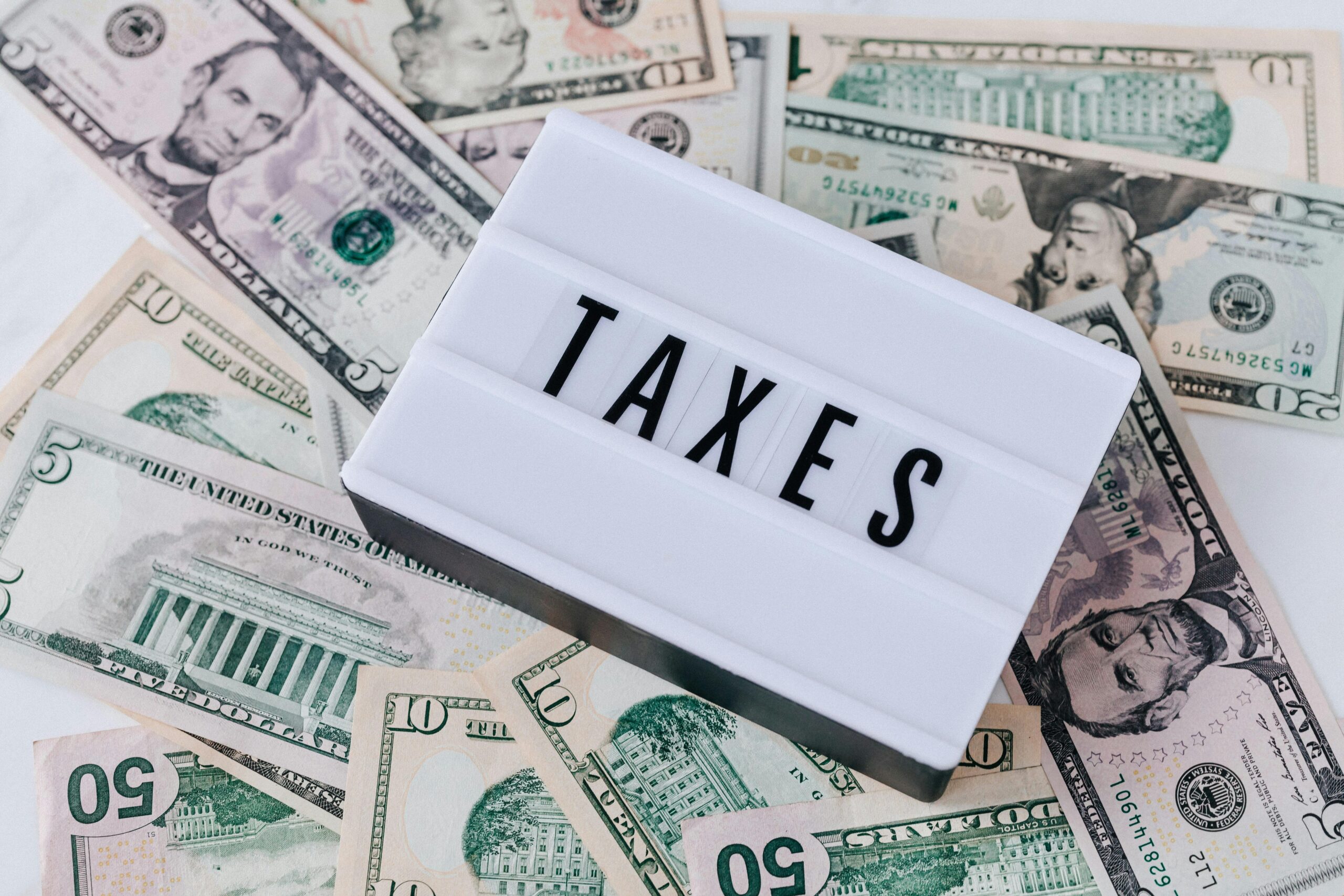By: Jordan Meadows
Staff Writer
In July 2025, President Donald Trump signed the “Opportunity for a Big, Beautiful Bill” (OBBB) into law — a sweeping legislative package that included the widely discussed “No Tax on Tips Act.”
The provision, passed unanimously in the Senate (100-0), marks a rare moment of bipartisan agreement and delivers a long-promised tax break to America’s tipped workers. For many of the nearly 4 million U.S. workers who rely on tips to survive — approximately 1 in every 40 workers — the new law could mean more money in their pockets.
The “No Tax on Tips” provision is structured as a temporary federal income tax deduction that applies only from 2025 through 2028. It allows eligible workers to deduct up to $25,000 in reported tip income annually from their federal taxable income.
This deduction phases out starting at $150,000 in modified adjusted gross income (MAGI) for single filers and $300,000 for married couples filing jointly. The deduction fully disappears at $400,000 and $550,000, respectively. Importantly, this tax break does not cover payroll taxes — meaning workers will still owe Social Security and Medicare taxes on their tips — nor does it affect state income tax obligations, which vary by state.
The law applies only to cash tips — though for IRS purposes, “cash” traditionally includes credit card and electronic payments. However, the deduction is limited to tips reported on IRS forms W-2, 1099, or 4137 and only applies to occupations that customarily received tips before 2025. This is to prevent high-income earners from reclassifying wages as “tips” to claim the benefit.
To prevent abuse, the Treasury Department released an official list of eligible occupations. An early look at this list revealed 68 qualifying job categories ranging from the expected — waiters, bartenders, bellhops — to the surprising — electricians, HVAC technicians, musicians, content creators, and even self-enrichment instructors.
These categories reflect a wide interpretation of who qualifies as a tipped worker but raise concerns about fairness and administrative feasibility.
According to analysis from the Economic Policy Institute (EPI), between 2.5 and 5.2 million workers could be eligible to claim the deduction. On average, tipped workers would receive about $1,700 annually in tax savings over the four-year window. However, the top 20% of tipped earners — likely working in high-end restaurants or resorts — would see average tax cuts of $5,700, while the bottom 20% would receive just $74, if anything.
That’s because nearly a third of tipped workers make so little that they already owe no federal income tax. The standard deduction alone — $15,750 for singles and $31,500 for married couples — means millions of low-wage workers will see no benefit from the tip deduction. The policy inherently favors workers with higher earnings and predictable tipping patterns, leaving behind housekeepers, baristas, and other workers whose tip income may be small or inconsistent.
In North Carolina, the numbers tell a similar story. A version of the “No Tax on Tips” policy included in the NC House budget would benefit just 2% of households. For most low-income workers, the tax relief would be minimal — under $200 annually for those receiving up to $5,000 in tips.
By contrast, if lawmakers raised the state minimum wage to $18 an hour, many more workers would see an average income increase of $22,000 per year — a far more impactful solution.
Polls show over 70% of voters favor eliminating federal taxes on tips. But critics warn that this is a classic case of populist policy cloaked in fairness, yet riddled with inefficiencies. There’s no economic rationale, they argue, for taxing one form of income less than another based solely on how it's received. A waitress earning $40,000 annually — with $5,000 in tips — could pay less tax than a grocery clerk or school aide making the same total income, simply because part of her pay comes from tips.
Economists also raise red flags about labor market distortions. If tipping becomes more tax-advantageous, employers may reclassify more jobs as tipped positions, making income less predictable and pushing more risk onto workers. Already, there are concerns that workers like plumbers and landscapers could encourage customers to pay them in “tips” to receive under-the-table tax breaks, inviting potential fraud.
Opponents of the policy argue that if lawmakers truly want to support low-wage workers, there are more effective tools, such as raising the minimum wage, expanding the Earned Income Tax Credit (EITC) or Child Tax Credit (CTC), or eliminating the sub-minimum wage for tipped workers altogether.
The “No Tax on Tips” deduction is expected to cost the federal government around $32 billion over 10 years.
The American public’s tax intuitions are clear: 59% say they pay too much in taxes, the highest since 2001, despite actual rates having declined. Only 25% say they would accept higher taxes for more government services.

